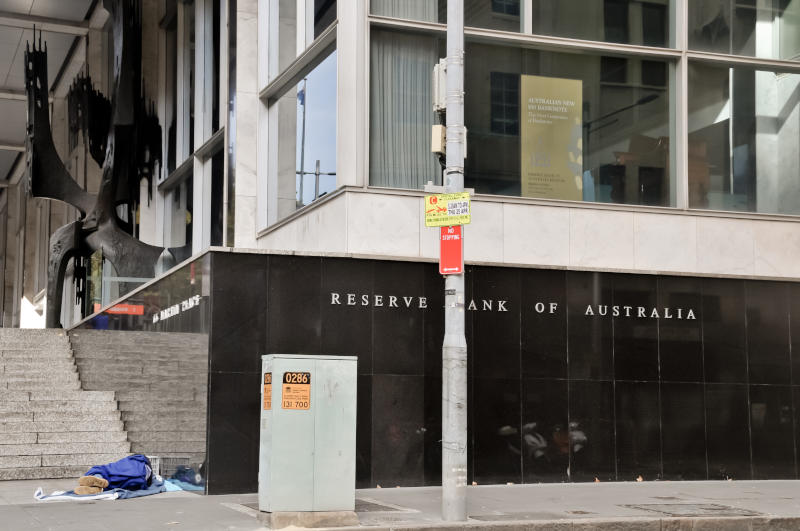Post-pandemic economic shrinkages coupled with the Russian invasion of Ukraine in early 2022 have seen inflation spike to the highest level since the Great Inflation of the 1970s. In turn affecting interest rates.
This surge in inflation has prompted the Reserve Bank of Australia (RBA) to increase cash rates, making it difficult for new homeowners as interest rates rise, with the situation looking to deteriorate before it improves.
What can we learn from the rise of inflation and consequent interest rate spikes that plagued the 1970s and 1980s? Let’s find out.
Cyclical nature of interest rates
The interest rate cycle and the economic cycle are intimately connected, and interest rate changes should, in theory, follow the economic cycle. Central banks raise interest rates to slow down the economy and avoid inflation if the economy is growing rapidly and inflationary pressures are increasing.
Global inflation sharply increased from 2% to 6% from 2021 to 2022. This was much higher than the inflation targets set by central banks in advanced economies and emerging markets. Economists predicted even higher inflation to come and further cash rate rises to slow down the economy.
What does this mean for interest rates?
Interest rates are typically increased to curb the rise of inflation and ease it back to within the range of inflation targets, which is around 2%. By raising interest rates, the Reserve Bank hopes to deter consumer spending and limit the purchase of high-risk assets, such as real estate.
Since 2009, we have seen modest inflation and more importantly record low-interest rates. This gave consumers spending power that became easily taken for granted.
However, the onset of the COVID-19 pandemic and shortages of commodities, like wheat and gas caused by the Russian invasion, saw inflation rise higher than expected.
How does this compare to the 1970s?
The rapid inflation rise in the 1970s was due to oil shortages in 1973 and 1979. The shock in oil prices saw interest rates climb to nearly 20%. Before that, economies had enjoyed a relatively stable level of inflation – similar to what we’ve experienced over the past decade.
Several months of high inflation resulted in tighter than expected monetary policy and the subsequent crippling of the economy in the 1980s. The global economy is now seeing a similar trend, and if the 1970s are anything to go by, we may be facing a deep recession in years to come.
Then and now
The 1970s started with a home loan interest rate of 5.88%. The average home cost between $17,000 and $25,000, and banks would loan 2.5 times the amount of a person’s salary to buy their first home.
An average 40-year-old with a yearly income of $8,200 could take out a loan of $20,500 to buy their home and confidently pay it back within a few years.
Fast-forward to 2022 and Australia’s average house price is $920,100, the home loan interest rate is 2.63% and the average yearly salary is $87,070.
The difference between housing prices and income is now 10-fold, and banks will not support the huge multiplier difference between salary and property price because it puts them at a much bigger risk.
Mortgage stress rates
In March 2022, according to Digital Finance Analytics, around 42.2% of mortgaged households were assessed to be in financial distress in Australia. Households are labelled as in “mortgage stress” if they continuously spend more than their net income.
This spells trouble for the housing market as more individuals struggle to pay their monthly mortgage.
Tips and strategies
How can you tackle high interest rates and keep more of your hard-earned money?
- Take out a personal loan with a low-interest rate to consolidate your credit card debt. This will assist you in saving money and paying off debt. The average interest rate on personal loans is often lower than credit card interest rates.
For example, the average credit card interest rate was 16.31% as of 31 May 2022, while the average personal loan interest rate was only 10.28%.
- Take out a debt consolidation loan. This can be an effective way to consolidate several debts and another way to avoid high interest rates. The new loan should ideally have a lower interest rate than the one you presently have.
There’s a delicate balancing act between inflation and interest rates. We can only hope policymakers learn from the Great Inflation in the 1970s and we do not see such high interest rates again.
Give me a call for an obligation-free chat to see how I can assist you with debt management and help with you with cashflow and budgeting.
This article contains information that is general in nature. It does not take into account the objectives, financial situation or needs of any particular person. You need to consider your financial situation and needs before making any decisions based on this information.

